On a weekend afternoon, following the winding road leading to Pung Luong village, we came to Ho Thi Nhe's brocade stall. The sound of the weaving machine running mixed with the cheerful voices and laughter of customers stirred up the space of the small village. Around the weaving machine, tourists stood tightly, some filming, some taking pictures, some even asking to touch the newly woven fabric and then being amazed by the sophistication of the product. Ho Thi Nhe's small hands quickly adjusted each spool of thread, her eyes following each strip of fabric gradually showing traditional patterns. Ho Thi Nhe gently explained to customers in detail how to combine threads and create patterns, her eyes shining with pride.
Ho Thi Nhe said: "The machine supports faster, but this pattern is still designed by me, it is the pattern of the Mong Pung Luong people".
A moment later, when the group of customers gradually dispersed, the atmosphere also quieted down, only the faint scent of new yarn lingered in the small stall. While taking the time to tidy up the goods, Nhe started his story with us with a gentle smile like the late afternoon sun.
Nhe confided: “I have been attached to brocade since I was a child. The image of my mother and grandmother sitting at the loom, spinning thread, dyeing indigo, and weaving fabric is familiar. The motifs and patterns seem to have seeped into my blood without me knowing. When I studied at Nghia Lo Ethnic Boarding Secondary School, I studied culture and sewing at the same time, hoping that in the future I would be able to make Mong dresses with a new breath of life...”.
After graduating and returning to her hometown, Ho Thi Nhe opened a small tailor shop at home. The shop was simple, with only a sewing machine, a few pieces of fabric and skillful hands. From that small corner, the dream of weaving national colors was nurtured by the young girl every day. Recalling the beginning, Nhe said: “Back then, there were few tourists , mainly people in the village who ordered dresses. But I thought, if I did well, they would definitely come back.”
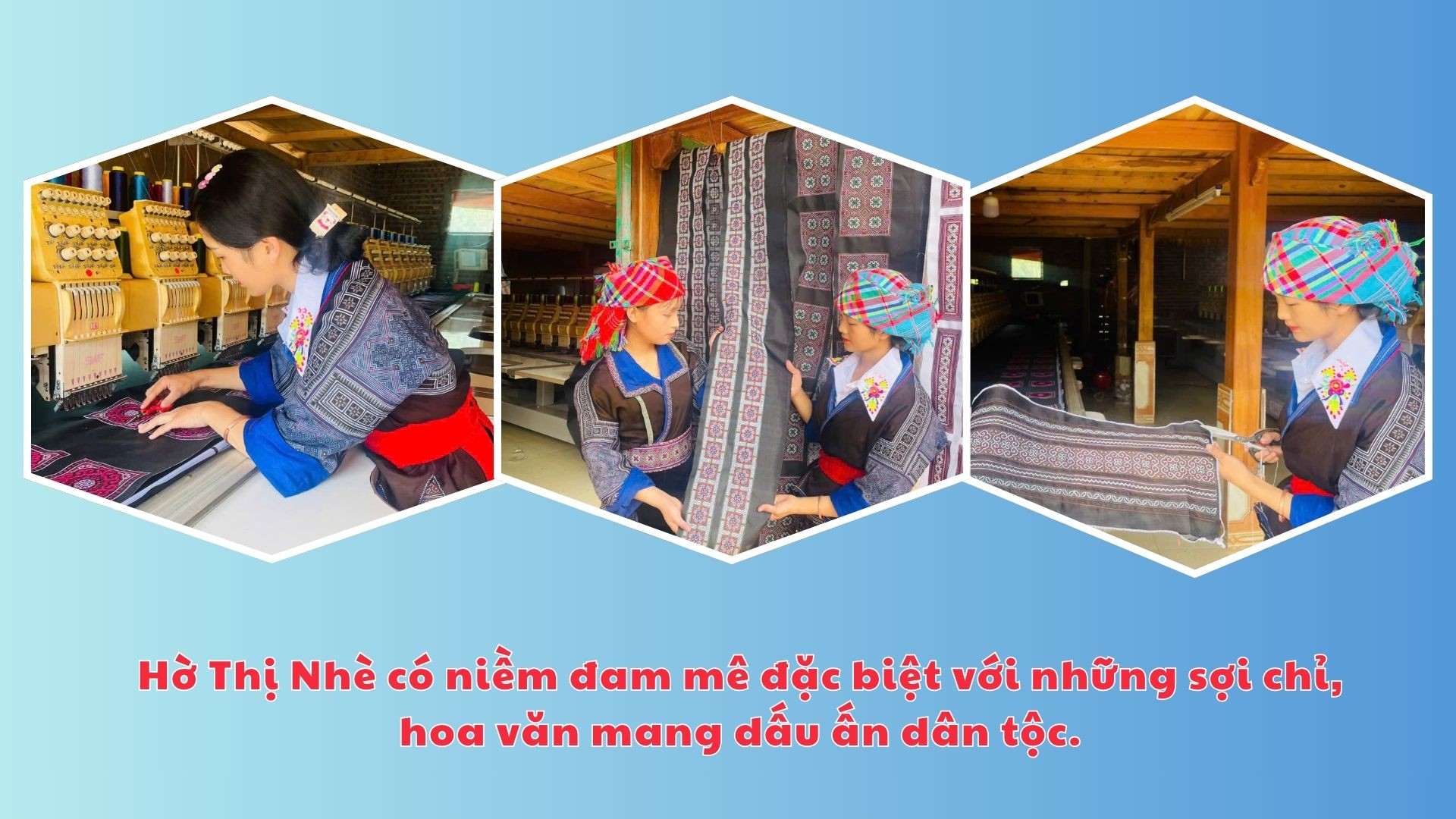
And then, not in vain for her diligence and hard work, Nhe's needles and threads gradually brought new customers and further orders, so that the dream of brocade from the small village could spread.
It was from the years of hard work with the sewing machine, each piece of fabric, each stitch that instilled in the young girl a deep love for brocade. That passion was further fueled when Nhe got married, had a partner who joined hands and encouraged her to pursue the traditional craft.
In early 2025, when realizing the increasing demand from tourists, Nhe and his wife decided to invest in buying an automatic weaving machine. Recalling the moment when he decided to buy the machine, Nhe confided: "If I didn't dare to try, I would have stopped at a small sewing machine and wouldn't have been able to develop my career."
Now, in the space of the small shop, the sound of the weaving machine resounds regularly. Nhe patiently changes the thread, watching each pattern gradually appear on the fabric. Each weaving line seems to connect the past with the present, conveying pride and passionate love for the Mong culture in the highland of Pung Luong. Our conversation was interrupted when a large truck stopped in front of the door. Nhe hurriedly pulled us out, her eyes shining with joy. Nhe excitedly said: "The machine we just bought at the beginning of the year cost 300 million, of which 2/3 was borrowed money from my husband and I. Currently, the monthly revenue is only over 20 million VND, but the demand from customers is great. With my husband's encouragement, I continue to borrow more money to buy this machine to weave more patterns, faster."
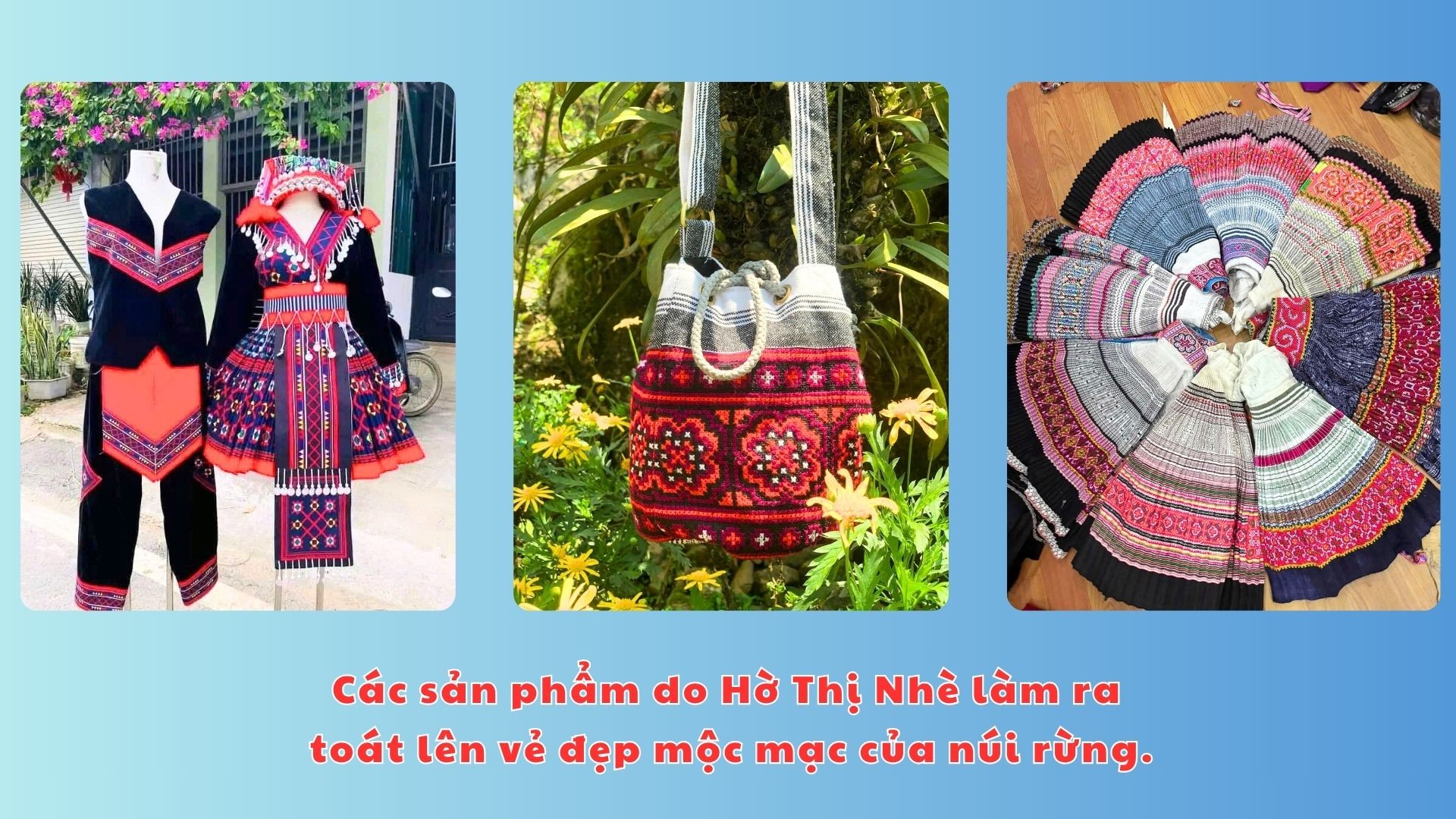
The machine had just been assembled. Nhe stood there looking at every detail, every gear, every thread stretched on the frame, as if wanting to memorize every movement. Passion and determination were evident on the young girl’s face. Without waiting long, Nhe tried to operate it so that the swirling, curving patterns appeared vividly on the fabric.
Between the steady rhythms of the machines, each thread and pattern reminds us of the traditional story of the Mong people and at the same time kindles in Nhe the passion and desire to bring the culture of his homeland into each product.
Pointing to the finished fabric, Nhe smiled and said: “The Mong people have spiral patterns, symbolizing the cycle of life. Even though there are changes, the culture is still there. I want to bring that pattern to modern products so that whoever uses it will feel familiar and remember the Mong people of Pung Luong.”
Perhaps, because of that simple but profound value, the Mong girl's products always exude the simple beauty of the mountains and forests, and are favored by many people. Nhe is providing wholesale products of pre-woven skirt and shirt details to other businesses inside and outside the commune for finishing sewing.
Nowadays, when mentioning the brocade weaving profession in Pung Luong, many people immediately think of Ho Thi Nhe - a young Mong girl who has breathed new life into the old profession. From her love for fabric, Nhe is contributing to preserving the cultural beauty of her people, while also opening up new business opportunities for women in the village.
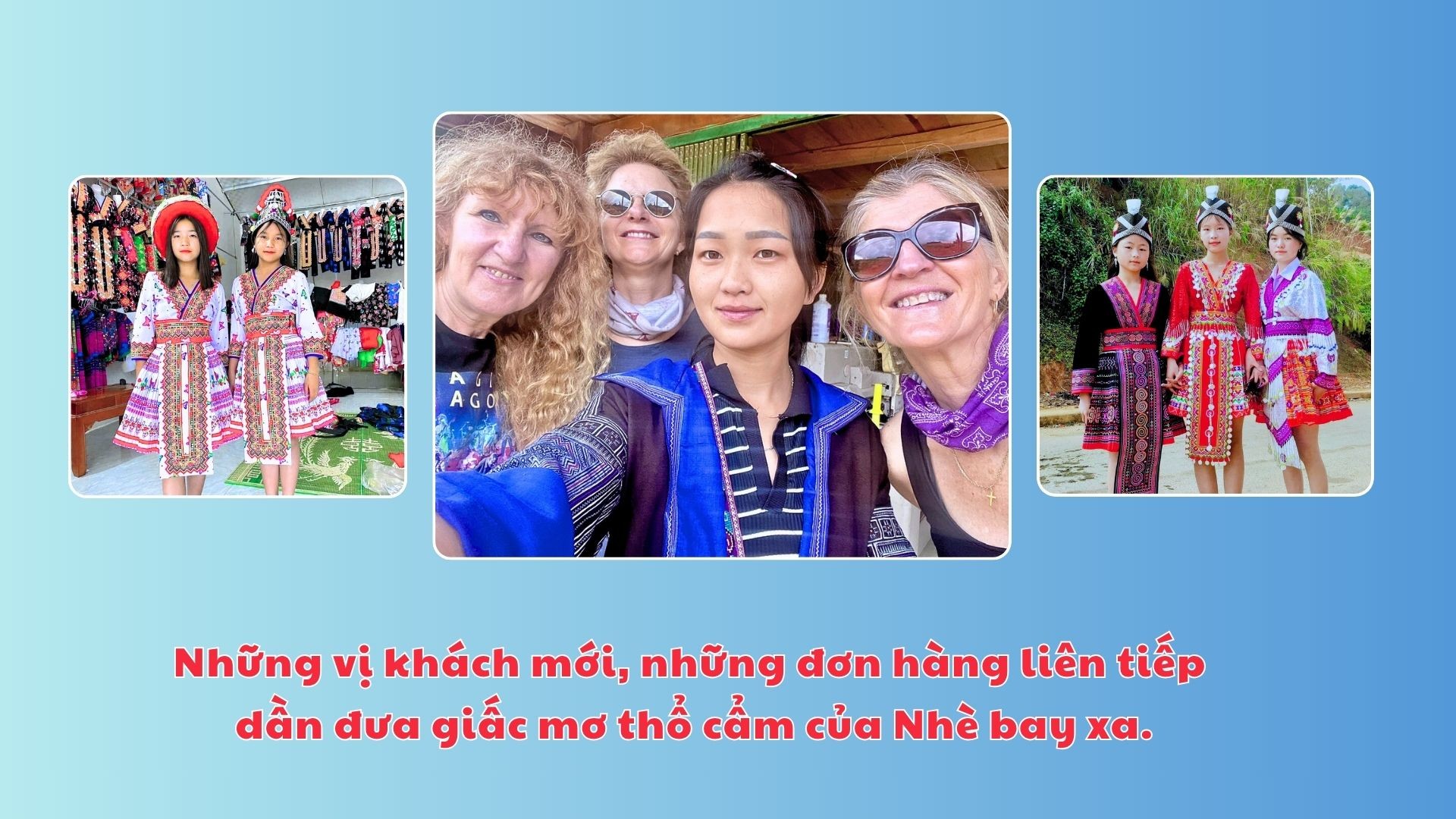
Comrade Sung Thi Cha - President of the Women's Union of Pung Luong commune said: "Nhe is one of the typical members of the Union, dynamic, creative, daring to think, daring to do, both preserving traditional crafts and boldly applying new technology to production. Nhe's model is being encouraged by the Women's Union of the commune to be replicated so that Mong women can promote their ethnic craft in association with local tourism development".
Leaving Pung Luong when the afternoon mist began to cover the valley, we could still hear the steady sound of weaving machines behind us. In the lingering smoke from the kitchen, the colors of brocade glowed under the late afternoon sunlight like patches of faith and hope. In the midst of the modern cycle, there is a Mong girl who continues to weave traditional threads every day, connecting the past with the present so that the colors of Mong culture can be preserved and conserved on the land of Pung Luong.
Source: https://baolaocai.vn/co-gai-mong-va-giac-mo-tho-cam-post884863.html




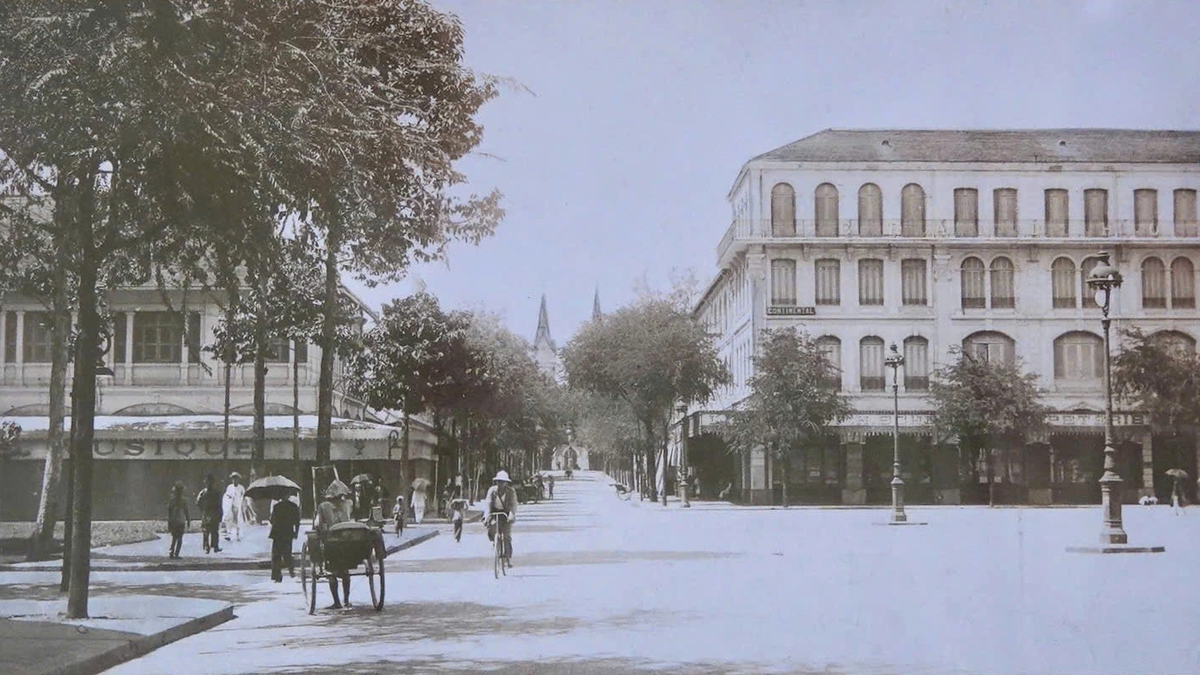
![[Photo] Solemn opening of the 10th Session, 15th National Assembly](https://vphoto.vietnam.vn/thumb/1200x675/vietnam/resource/IMAGE/2025/10/20/1760937111622_ndo_br_1-202-jpg.webp)
![[Photo] The Steering Committee of the 2025 Fall Fair checks the progress of the organization](https://vphoto.vietnam.vn/thumb/1200x675/vietnam/resource/IMAGE/2025/10/20/1760918203241_nam-5371-jpg.webp)
![[Photo] Chairman of the Hungarian Parliament visits President Ho Chi Minh's Mausoleum](https://vphoto.vietnam.vn/thumb/1200x675/vietnam/resource/IMAGE/2025/10/20/1760941009023_ndo_br_hungary-jpg.webp)
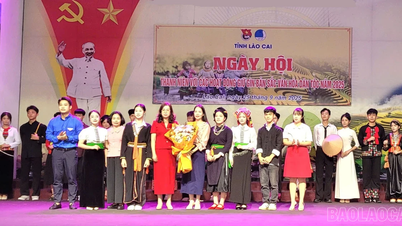



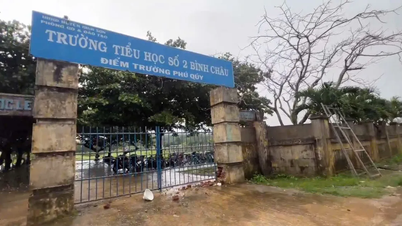



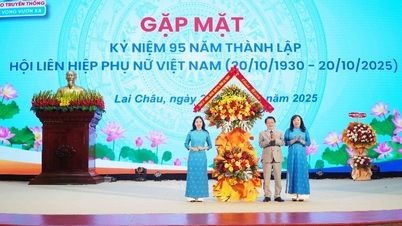

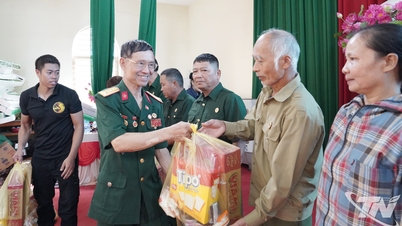

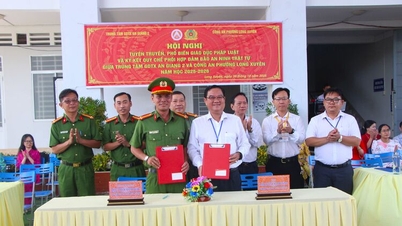







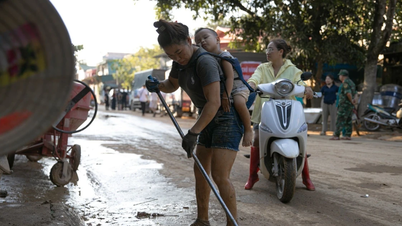
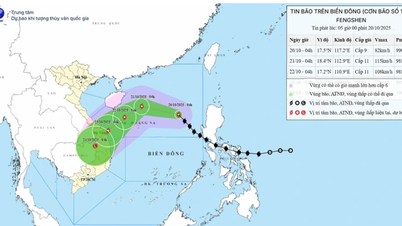
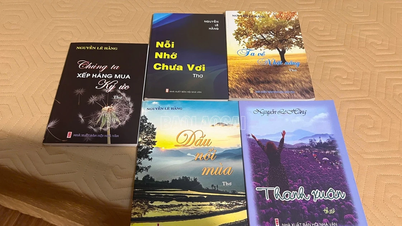
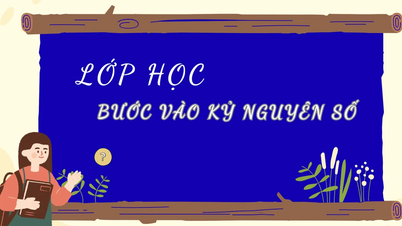
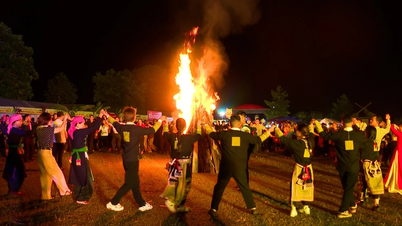


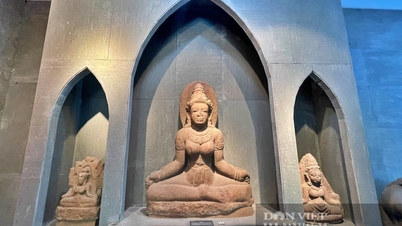





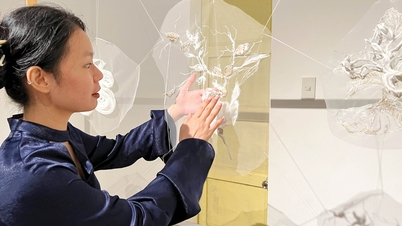

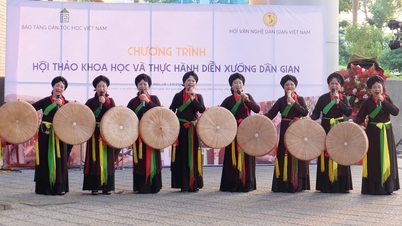





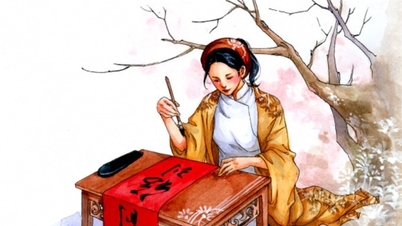
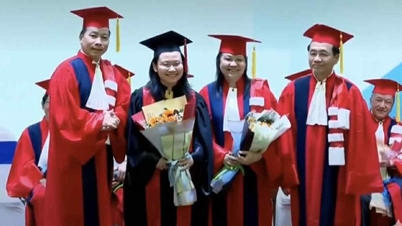



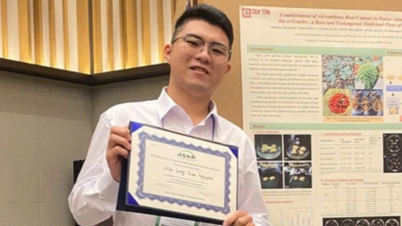



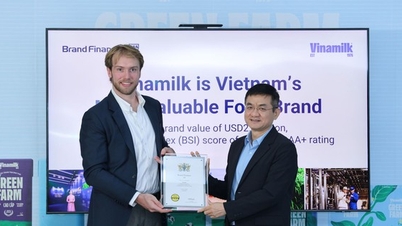




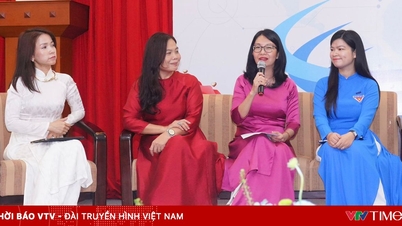








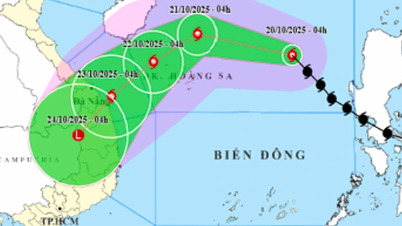







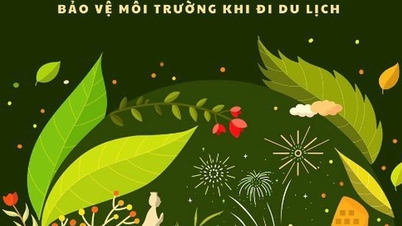
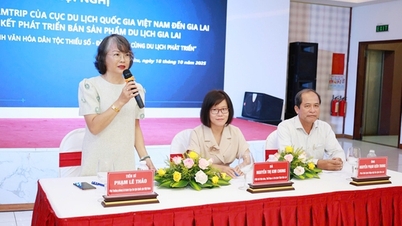

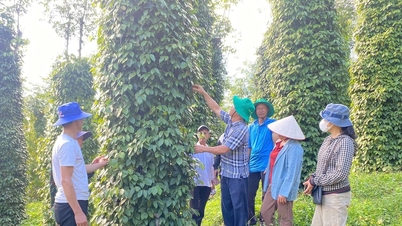

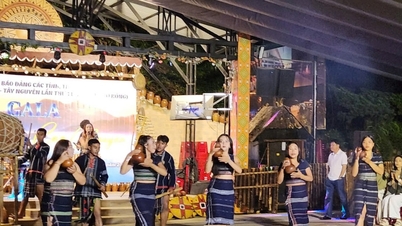
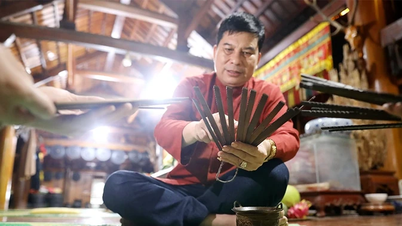

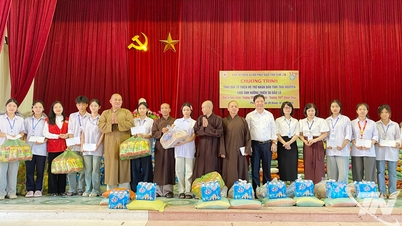
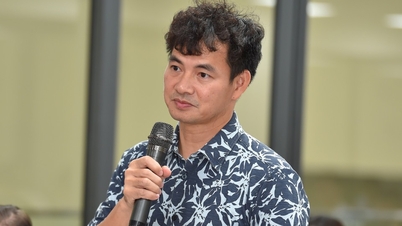










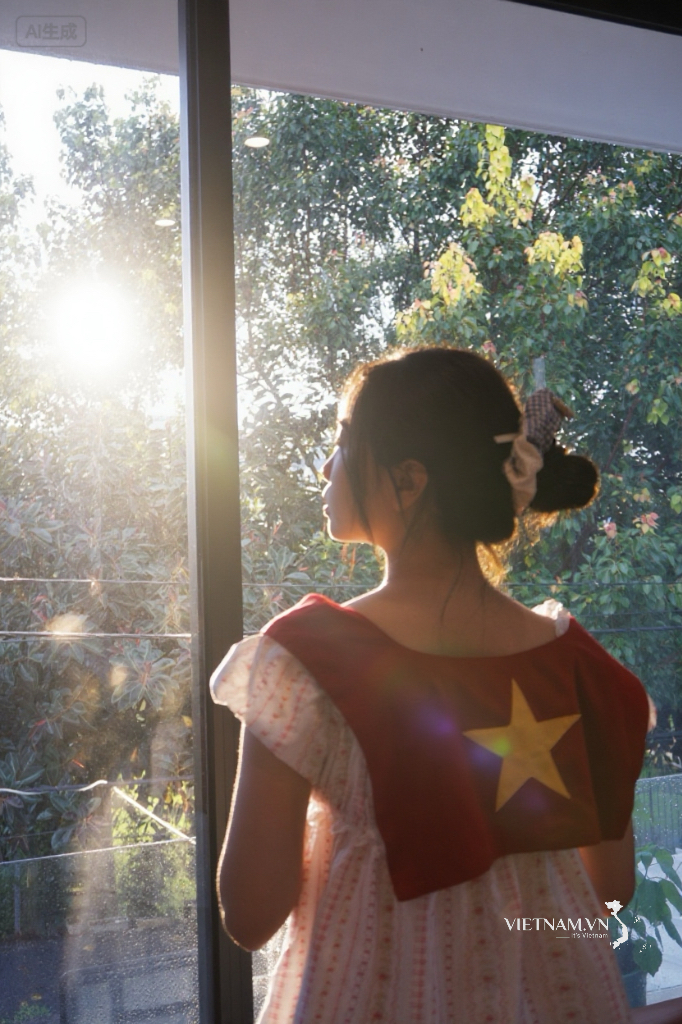


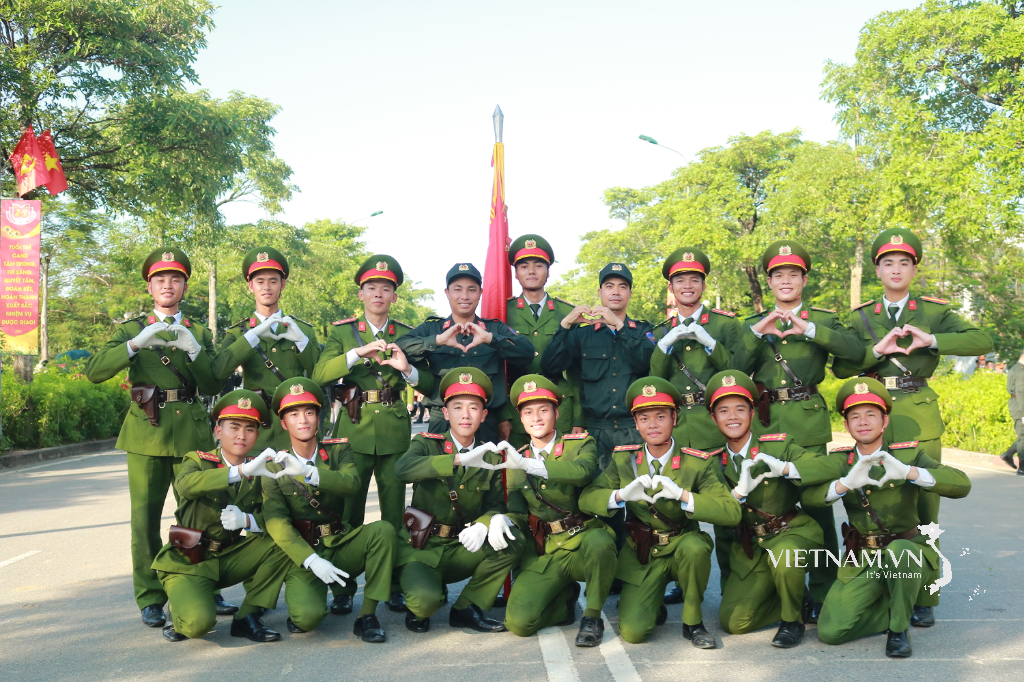
Comment (0)